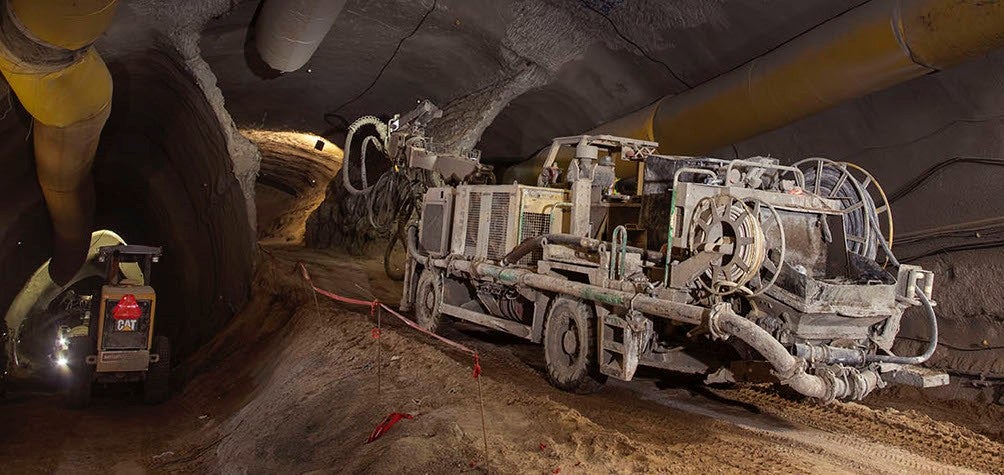
With DNV GL’s new release of the Synergi Pipeline Simulator, the worldwide leader in transient flow simulation for both liquid and gas pipelines, the software has taken a leap forward.
The software includes powerful new features and tools that help engineers improve pipeline designs, detect leaks, improve performance, increase efficiency and cut costs.
Following the recent merger of DNV and GL, the software previously known as Stoner Pipeline Simulator has officially changed its name to Synergi Pipeline Simulator with the new 10.2 release.
This brings the software within the DNV GL Synergi brand, which will allow development integrating various Synergi software solutions that will improve decision-making in operational risk and performance.
Internationally recognised as an industry leader in pipeline analysis, Synergi Pipeline Simulator is used by engineering, planning and operations divisions to facilitate pipeline design and improve performance. The software can be used to eliminate operational problems for networks transporting natural gas, dense phase gas, or liquids.
It provides a complete range of simulation solutions, from the design and planning, through operator training and qualification to on-line systems, including leak detection and predictive simulation.
With the new release, Synergi Pipeline Simulator has taken a leap forward in terms of user experience and improved efficiency. Synergi Pipeline Simulator’s Viewport user interface has been improved, providing a state-of-the-art HMI for the Synergi Pipeline Simulator industry standard simulation engine. The software also provides new time-saving workflow enhancements.
Multiple variable analyses
For many years computer clock speeds have been getting progressively faster.
Today’s computers are becoming more efficient and are gaining more CPU cores. Model Lab is a new tool within Synergi Pipeline Simulator that allows users to easily configure, run and analyse multiple what-if scenarios from a single model and tap the full power of all available CPU cores.
Offline users doing consulting studies and online users doing model tuning will appreciate Model Lab’s workflow efficiencies which provide the capability to perform multiple variable analyses during pipeline simulation and the ability to consolidate results for comparison and trending.
Flexible way to expose and manage models
Viewport is the modern GUI that allows pipeline operators to visualise their system in a more efficient and customised manner. It gives you a new and flexible way to expose and manage models in an easy-to-use, drag-and-drop graphical interface.
Additional new features in Viewport target engineering efficiency, including real-time pump and compressor maps, historical distance plot navigator, increased support of legacy custom displays and more.
Key features added to this release based on market feedback:
- Improved leakfinder capabilities
- Improved batch-tracking capabilities
- Visual display of scraper locations
- Improved model building capabilities added for control systems
- Improved capabilities added to speed-up surge studies where stations with very short pipes are connected to much longer cross-country pipelines
- New drag reducing agent (DRA) term added for fluid Reynolds Number








